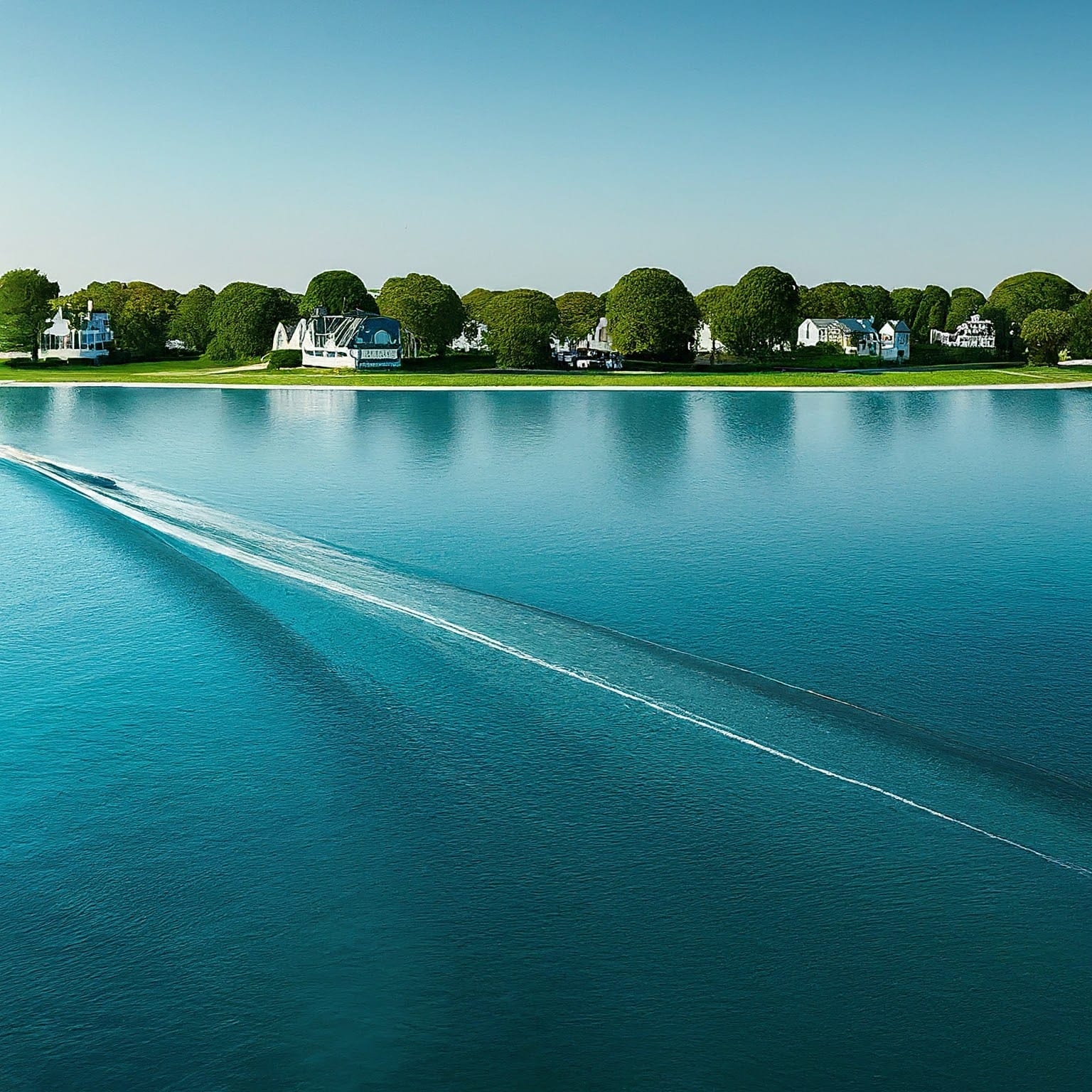Lake St. Clair is a freshwater lake that straddles the border between the U.S. state of Michigan and the Canadian province of Ontario. Here’s a breakdown of some key facts:
Books about Lake St. Clair:
Lake St. Clair Fun Book: A Fun and Educational Book About Lake St. Clair
Lake St. Clair Safety Book: The Essential Lake Safety Guide For Children
Size and Location: Considered a “Great Lake” by some, Lake St. Clair is roughly circular with a surface area of 430 square miles (1,100 km²) and a diameter of around 26 miles (42 km) [1, 2]. It connects Lake Huron to the north via the St. Clair River and feeds into Lake Erie to the south via the Detroit River. Major cities nearby include Detroit, Michigan on the west shore and Windsor, Ontario on the east shore.
Depth and Characteristics: Lake St. Clair is a relatively shallow lake with an average depth of only 11 feet (3.4 meters), with a maximum natural depth of 23 feet (7.0 meters). However, shipping channels are dredged to a depth of 27 feet (8.2 meters) to accommodate large freighters. The lake’s water is known for its clarity and vibrant blue color.
History: French explorers were the first Europeans to encounter the lake in 1679, naming it after Saint Clare of Assisi on her feast day [3]. It has played a significant role in transportation and trade throughout its history, and today serves as a vital freshwater resource for the surrounding region.
Activities: Lake St. Clair is a popular destination for outdoor enthusiasts. Popular activities include:
- Boating: Due to its size and relatively calm waters, the lake is ideal for various types of boating, from kayaking and pontooning to fishing charters and sailing.
- Fishing: The lake boasts a healthy fish population, attracting anglers in search of walleye, bass, muskie, and other species.
- Swimming: While there aren’t many designated public beaches, some enjoy swimming in the lake’s clear waters, especially along the shorelines.
Ecological Significance: Lake St. Clair is an important part of the Great Lakes ecosystem, providing habitat for a variety of fish, birds, and plants. However, the lake faces some environmental challenges, such as invasive species and pollution.


